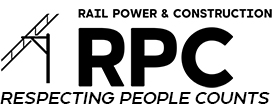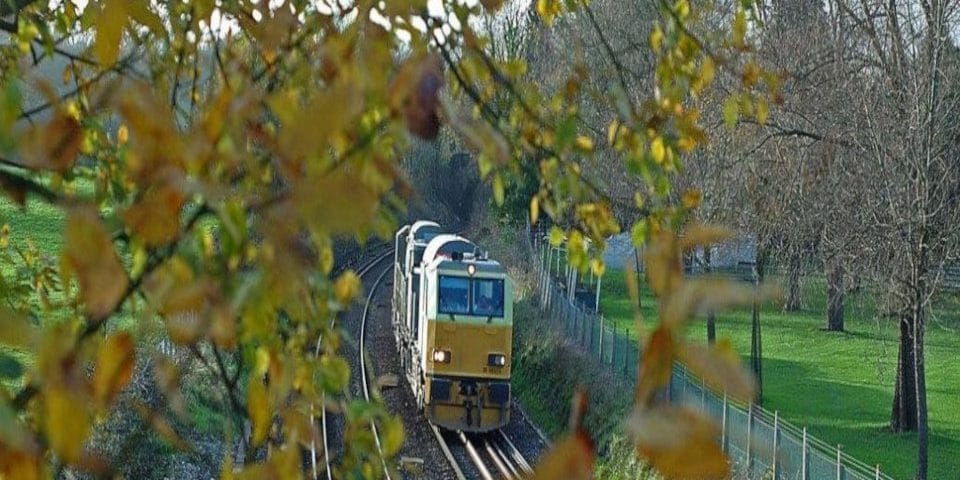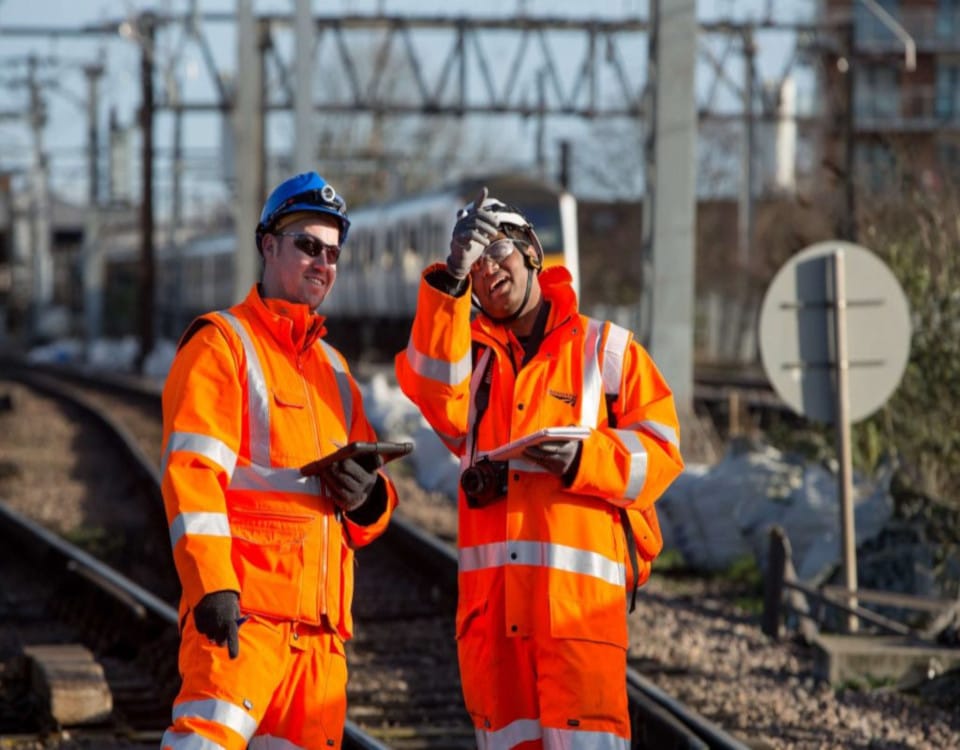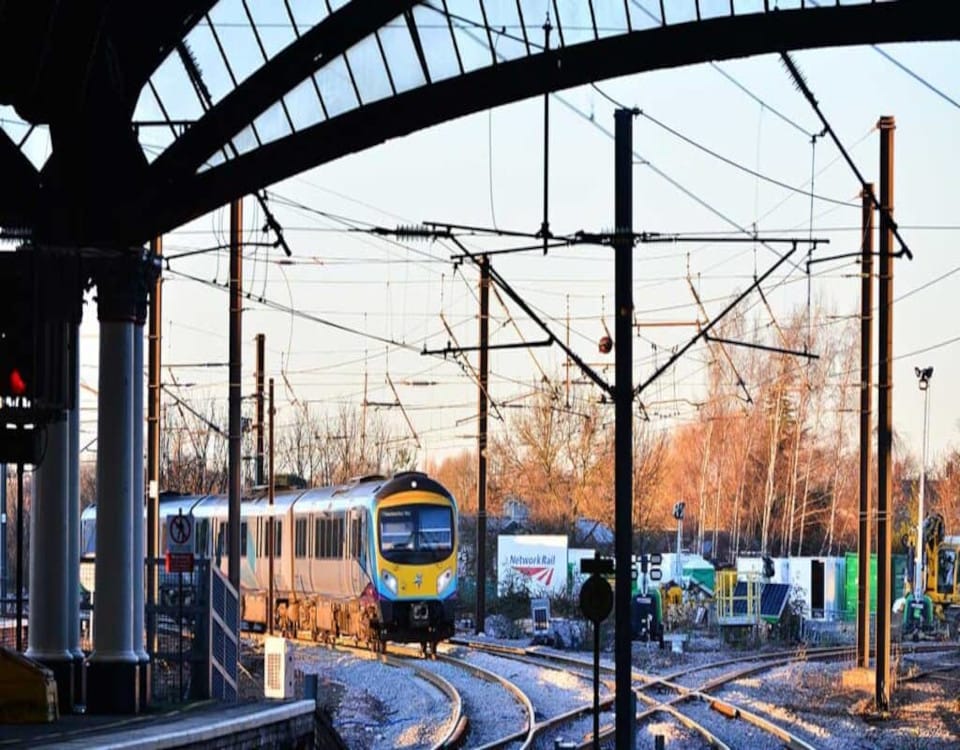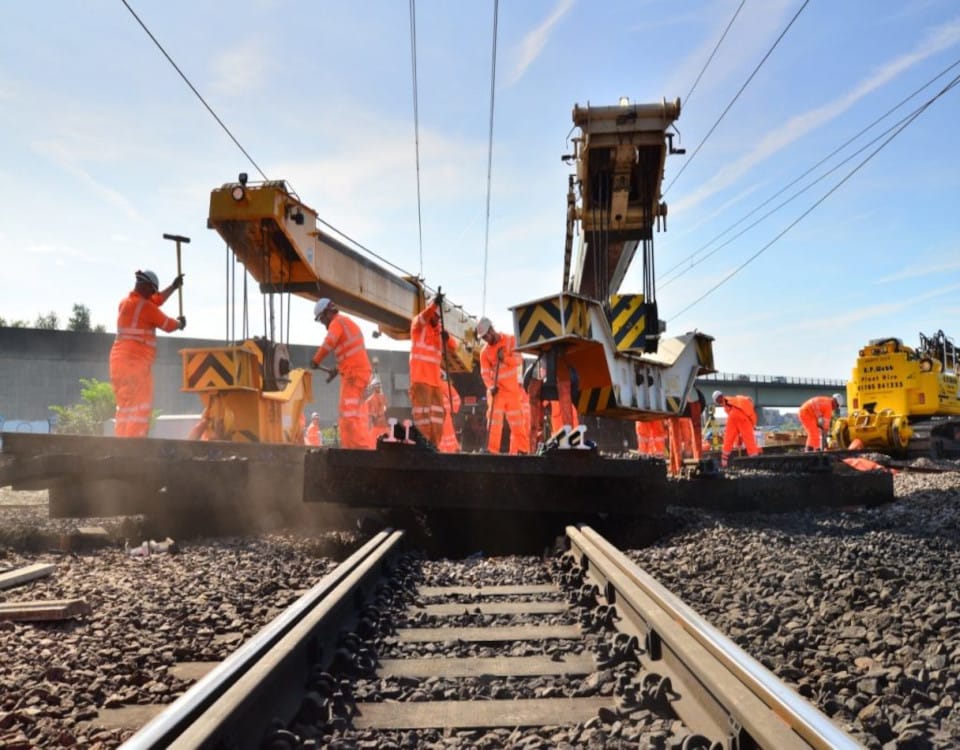
We’ve planned essential engineering works over the August bank holiday.
August 16, 2022
WorldMentalHealthDay
October 10, 2022Leaves on the line are the rail equivalent of black ice on the roads.
We work hard throughout autumn to minimise delays and get you safely to your destination.
How leaves affect the railway
There are millions of trees on and next to the railway in Britain and, every autumn, thousands of tonnes of leaves fall onto the tracks. Windy conditions can cause heavy leaf-fall in a short space of time and rain means they are more likely to stick to the rails. When trains pass over leaves, the heat and weight of the trains bake them into a thin, slippery layer on the rail. This is equivalent to black ice on the roads.
Why we sometimes need to slow trains down
Slippery rails make it hard for trains to accelerate and brake effectively. Safety is our priority, so when this happens, drivers have to pull out of stations more slowly and brake much earlier for stations and signals to make sure they stop in time. This can lead to longer journey times and delays.
A build-up of leaves on the tracks can also cause delays by forming a barrier between the train wheels and the electrical parts of the track that help us to pin-point where trains are. When we aren’t sure exactly where a train is, the trains behind will be delayed at red signals until the first train’s location is established so our control rooms can be confident there is always a safe distance between trains.
Click here for full article:https://www.networkrail.co.uk/running-the-railway/looking-after-the-railway/delays-explained/leaves/?fbclid=IwAR2Vdu_cScjGq4a8nGCawhzCLFkZPsjD64fsvSRPfyY3qB6HWtPLxvitDvE
